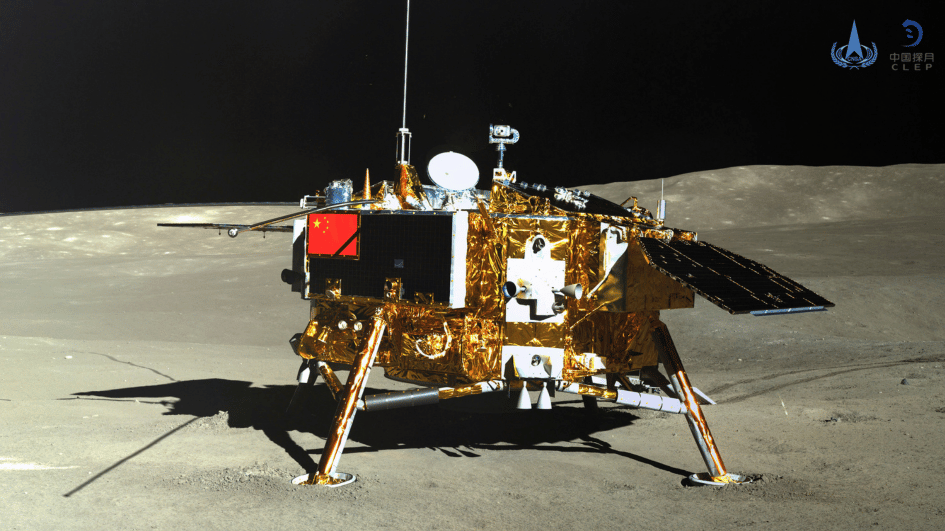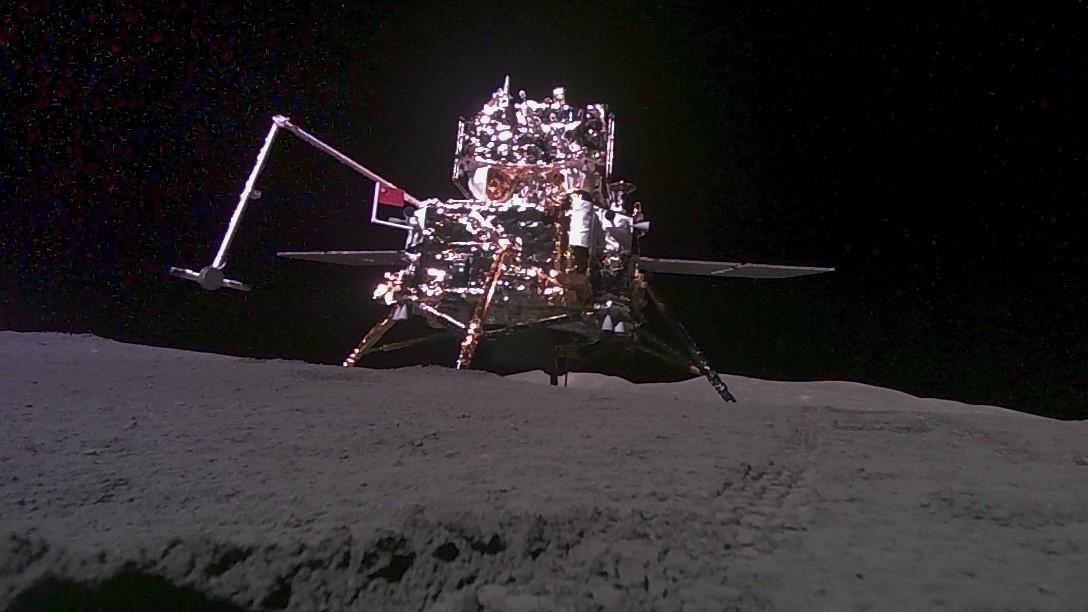China's probe to explore Moon’s far side
TAIPEI

China has launched a lunar probe on May 3 that will land on the far side of the moon and return with samples that could provide insights into geological and other differences between the less-explored region and the better-known near side.
The unprecedented mission would be the latest advance in the increasingly sophisticated and ambitious space exploration program that is now competing with the U.S. China already landed a rover on the moon's far side in 2019, the first country to do so.
Free from exposure to Earth and other interference, the moon's somewhat mysterious far side is ideal for radio astronomy and other scientific work. As the far side never faces Earth, a relay satellite is a needed to maintain communications.
The Chang’e lunar exploration probe is named after the Chinese mythical moon goddess.
The probe is being carried on a Long March-5 YB rocket set for liftoff from the Wenchang launch center on the southern tropical island province of Hainan, the China National Space Administration announced.
China in 2020 returned samples from the moon's near side, the first time anyone has done so since the U.S. Apollo program that ended in the 1970s. Analysis of the samples found they contained water in tiny beads embedded in lunar dirt.
China’s ambitious space program aims to put astronauts on the moon by 2030, as well as bring back samples from Mars around the same year and launch three lunar probe missions over the next four years. The next is scheduled for 2027.
Longer-term plans call for a permanent crewed base on the lunar surface, although those appear to remain in the conceptual phase.
















